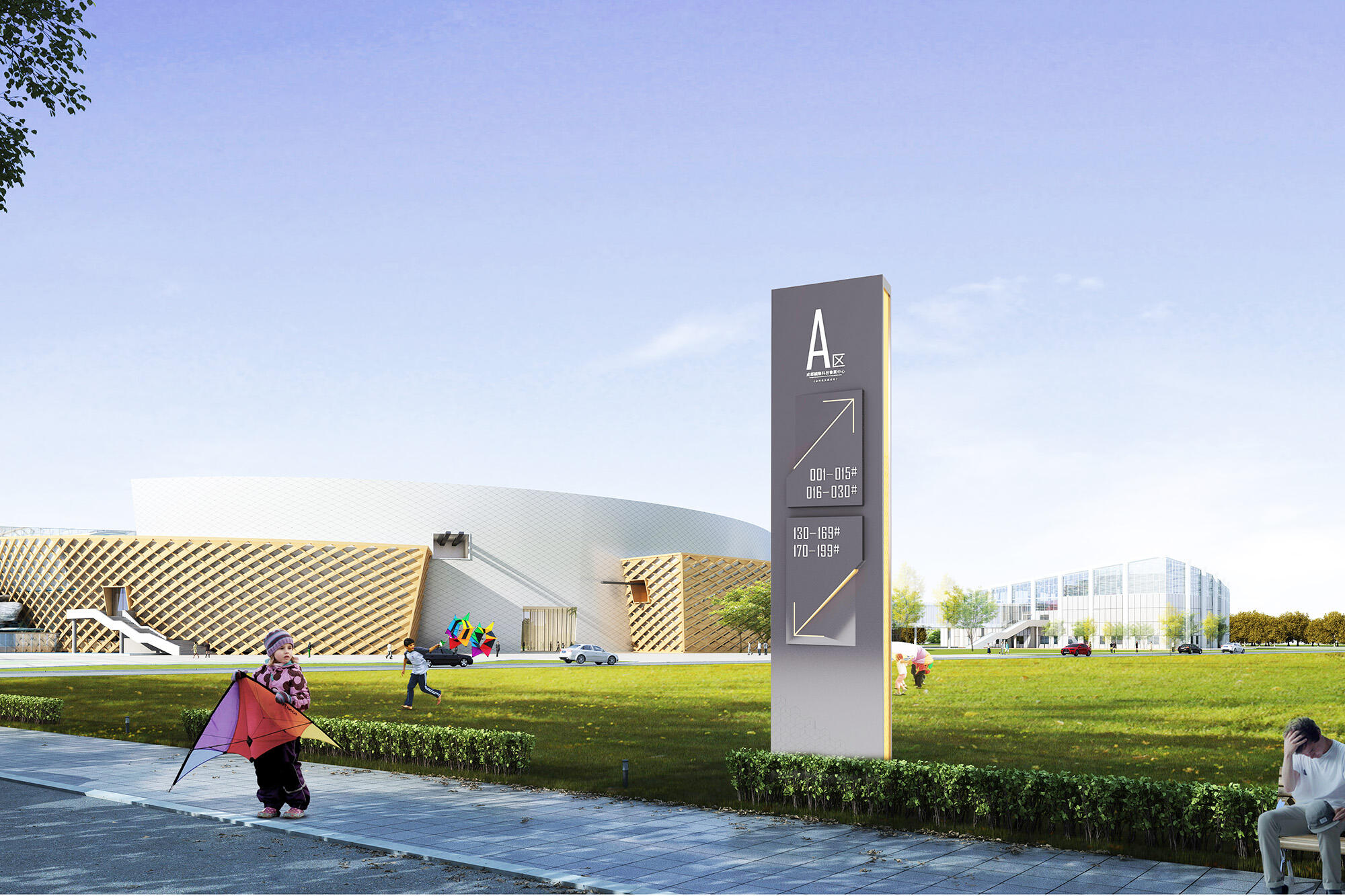Dans le domaine de l'urbanisme, des panneaux indicateurs clairs agissent comme un élément important pour orienter les résidents et les visiteurs. Non seulement ils facilitent la recherche de lieux, mais ils ajoutent également une caractéristique esthétique à l'environnement urbain. Ce blog discute de la nécessité de panneaux indicateurs appropriés, de la manière dont ils aident à la mobilité urbaine et de la façon dont ils peuvent augmenter la sécurité et l'accessibilité dans les villes. Les panneaux indicateurs doivent soutenir la réduction de l'incertitude, faciliter l'orientation dans les environnements urbains et aider à surmonter la désorganisation des informations fournies.
L'un des aspects les plus importants dans lesquels les panneaux de signalisation sont utilisés est la navigation dans les villes. Dans les grandes villes qui ont de nombreuses rues complexes ou encombrées, il est important d'avoir une signalisation claire. Cela facilite la tâche des différents usagers de la route, tels que les piétons, les cyclistes et les automobilistes, pour naviguer et cela diminue les chances de se perdre. De tels panneaux devraient être placés le long des intersections et des points de repère afin de créer des lignes de vue pour le trafic approchant sous différents angles. Cela améliore également l'orientation et augmente le plaisir général de se promener dans la ville.
De plus, la signalisation qui est faite de manière appropriée améliore la sécurité dans les environnements urbains. Plus ces panneaux sont visibles et lisibles, moins il y a de chances de collisions ou d'accidents, en particulier dans les zones de travail piétonnes. Des exemples illustratifs sont des panneaux indiquant où se trouvent les passages piétonniers, les pistes cyclables et les arrêts de transport public afin que les utilisateurs ne se perdent pas en décidant quel itinéraire prendre. Cela est utile dans le cas des enfants et des personnes âgées qui sont considérés comme des usagers vulnérables de la route et qui peuvent nécessiter plus d'assistance que d'autres dans les zones urbaines.
En plus des fonctions ci-dessus, les panneaux de signalisation peuvent servir à promouvoir l'image d'une ville. Les panneaux qui sont conçus de manière artistique avec des illustrations locales et des caractéristiques historiques peuvent aider à créer des images de l'endroit où vivent et aiment ces communautés. Ils agissent comme un support plastique pour les artistes locaux et représentent l'image de l'endroit où le panneau est installé. Cette infusion de culture non seulement embellit la ville mais encourage également les résidents de la ville à apprécier l'espace qui les entoure, rendant la ville accueillante et attrayante pour les touristes.
De plus, avec le développement des villes, le besoin de signalisation dynamique devient clair et évident. En tenant compte de la tendance au développement des villes intelligentes, il serait également logique d'améliorer les panneaux de signalisation avec une technologie qui permettrait de diffuser des informations à jour sur la circulation, les horaires de transport et les événements se déroulant dans la région. Cela répond à la fois aux exigences des différents groupes de la société, rendant l'utilisation des villes plus efficace. Ce n'est qu'à travers un tel progrès que les villes pourront rester à jour avec leur temps et ne pas perdre leur importance.
Ainsi, les panneaux de signalisation peuvent être considérés comme l'un des trois piliers de l'urbanisme. Ils facilitent l'orientation, augmentent la sécurité, enrichissent la culture urbaine et évoluent avec les avancées technologiques. Au fur et à mesure que le temps passe et que les villes du monde moderne évoluent, l'approche de la conception de panneaux de signalisation attrayants et clairs devrait être la priorité lors de la conception des villes du XXIe siècle. Il est sans aucun doute clair que l'intégration de systèmes de signalisation efficaces sera fondamentale pour l'avenir de l'urbanisme. Un système de signalisation qui est convivial et qui se concentre sur les besoins de tous peut être la seule solution.
Les tendances de l'industrie montrent que l'accent dans l'urbanisme se déplace vers un niveau plus sophistiqué où les panneaux de signalisation ne sont pas seulement des éléments appliqués des rues mais plutôt des outils actifs connectant les gens à l'environnement. À mesure que les villes deviennent plus réceptives aux idées de villes piétonnes, la fonction des panneaux de signalisation continuera d'évoluer, ce qui signifie qu'il y a de la place pour des inventions qui correspondent à l'être urbain actif.

